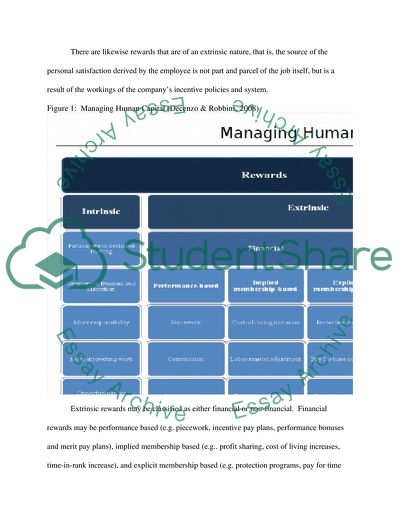Cite this document
(“Managing Human Capital Assignment Essay Example | Topics and Well Written Essays - 3000 words”, n.d.)
Managing Human Capital Assignment Essay Example | Topics and Well Written Essays - 3000 words. Retrieved from https://studentshare.org/miscellaneous/1570710-managing-human-capital-assignment
Managing Human Capital Assignment Essay Example | Topics and Well Written Essays - 3000 words. Retrieved from https://studentshare.org/miscellaneous/1570710-managing-human-capital-assignment
(Managing Human Capital Assignment Essay Example | Topics and Well Written Essays - 3000 Words)
Managing Human Capital Assignment Essay Example | Topics and Well Written Essays - 3000 Words. https://studentshare.org/miscellaneous/1570710-managing-human-capital-assignment.
Managing Human Capital Assignment Essay Example | Topics and Well Written Essays - 3000 Words. https://studentshare.org/miscellaneous/1570710-managing-human-capital-assignment.
“Managing Human Capital Assignment Essay Example | Topics and Well Written Essays - 3000 Words”, n.d. https://studentshare.org/miscellaneous/1570710-managing-human-capital-assignment.


